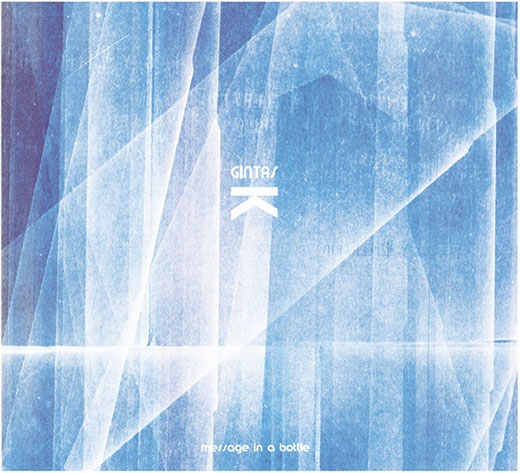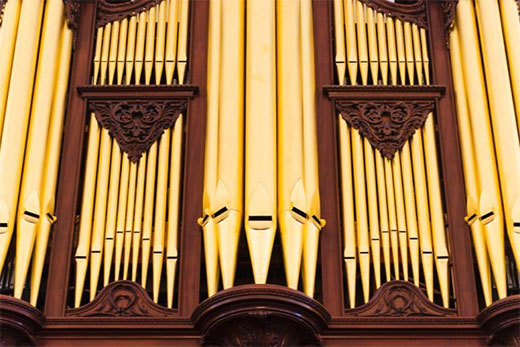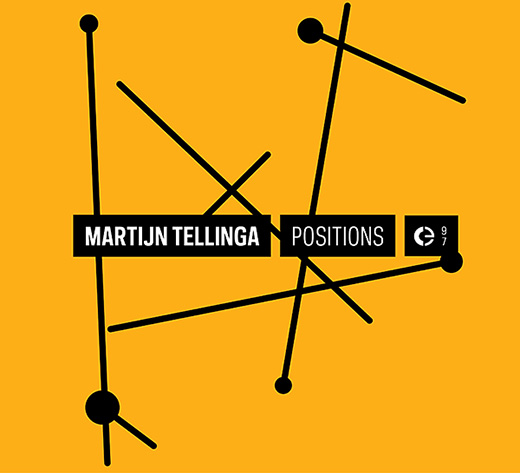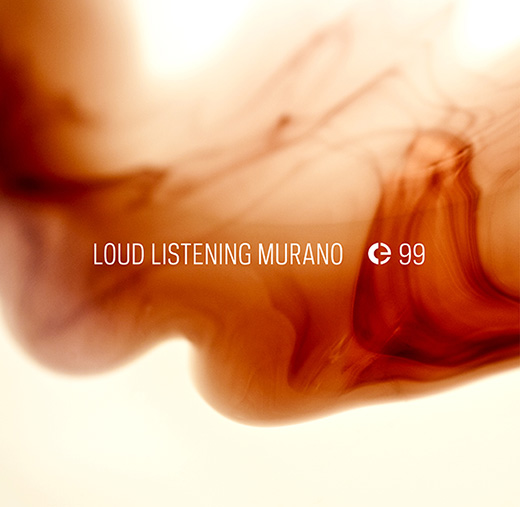The First 100 from cronicaelectronica on Vimeo.
The First 100 from cronicaelectronica on Vimeo.

The Music Information Centre Lithuania has just published a retrospective CD for Gintas K titled “Message in a Bottleâ€. This album features some tracks previously published in Crónica, in such releases as Mus*****c, Lovely Banalities or So On.

Crónica is very proud to announce it’s 100th release, Arturas BumÅ¡teinas’s “Gamelan Descending a Staircaseâ€!
Arturas Bumšteinas (aka Refusenik) is a composer of acoustic and electronic music (graduated from the Lithuanian Academy of Music and Theater), performer, sound artist, and a founding-member of Quartet Twentytwentyone, the Works & Days, Wolumen and Zarasai ensembles. His various projects and performances were presented in dozens of festivals and art events around Europe and USA. Arturas lives and works between Vilnius and Warsaw. In 2013, Arturas Bumšteinas was awarded the Euroradio Palma Ars Acustica for the best radio-art composition.
The instrumental sound material for Gamelan Descending a Staircase was recorded at the Ethnologisches Museum Dahlem in the summer of 2013, during a research visit there. A large collection of Indonesian Gamelan orchestra instruments was recorded, and later it was composed into a surround-sound composition, premiered in Jauna Muzika festival at the Vilnius Contemporary Art Center, in April 2015. The live version of this piece also involved three improvising trumpetists providing live solo/accompaniment textures for the pre-recorded music.
Marcel Duchamp’s 1912 painting Nude Descending the Staircase No.2 was an inspiration lurking not only behind the title of this composition but also regarding the deconstructed micro-forms and the study of sound structures, progressing as if in slowmotion, and without a clear point of destination… Descending into the unknown territories… The title came in a vision, as a possible sonic event of a instruments of a gamelan orchestra falling down the stairs. A beautiful, unrealistic image. A dream.
Sad Young Man on a Train is composed from sounds recorded entirely on one prepared harpsichord. Preparations as wood, glass, stones, metal objects, kitchenware, toys and electric devices such as e-bows and cappucino mixers were used. All these objects were dangerously applied to the strings of harpsichord and the recording attempted not to reveal their presence, only amplifying the sounds of the harpsichord’s strings and body.
The whole recording session took place after recording another Bumšteinas’s composition Epiloghi. Six Ways of Saying Zangtumbtumb, which was produced by Deutschland Radio Kultur’s Klangkunst and released by Unsounds label in The Neatherlands in 2014.
The composition’s title is borrowed from the 1911-1912 painting of the same name by Marcel Duchamp. The auto-erotic associations provoked by the painting should not be dismissed as an influence for this musical composition.
Gamelan Descending a Staircase is now available from Crónica, Bandcamp and all the best digital and physical goods retailers!

Included in the program of Ano Zero, the Coimbra biennial, [zerodB] is a series of performances curated by Pedro Tudela, taking over the magnificent Salão Brazil on November 13 and 20. The first evening will feature performances by Ricardo Jacinto, @c (Miguel Carvalhais and Pedro Tudela) and Jonathan Uliel Saldanha. The series closes with Marçal dos Campos, Haarvöl and Susana Chiocca.

The second episode (of 5) of Arturas Bumšteinas’s Organ Archipelago is now available for streaming from ABC Radio National.

Compositore olandese di buone frequentazioni, Tellina in “Positions†scrive e fa interpretare suoi brani da una serie di musicisti: trombonisti e contrabbassisti ma ache il solo pubblico catturato mentre si muove e parla. Siamo a metà tra contemporanea ed elettroacustica, cose fatte con una certa eleganza e raffinatezza (strumenti soli in lente digressioni ambientali, mix di voci, acuti e suoni sparsi, eccetera) ma lungi dal farsi ricordare in maniera particolare.
Stefano I. Bianchi

Il compositore olandese Martijn Telling (Boca Raton, Zona Fumatori) pubblica il suo disco d’esordio, Positions, sulla portoghese Cronica. Una raccolta di cinque opere che mettono in evidenza l’attenzione di Telling per i riverberi naturali e la spazialità del suono. La prima taccia in scaletta, Three Modulators, for Trombones, rievoca gli studi di Stuart Dempster e della Deep Listening Band: tre musicisti si muovono descrivendo uno spazio sonoro attraverso riverberi e ritardi, con lenti drone che creano armonici incredibili. Ben più movimentata Three Modulators, For Basses, dove gli strumenti si scontrano creando un coro urticante. Roberto Mandolini

Episode 152 of Futurónica, a broadcast in Rádio Manobras (91.5 MHz in Porto, 18h30) and Rádio Zero (21h GMT, repeating on Tuesday at 01h) airs tomorrow, October 30th.
The playlist of Futurónica 151 is:
You can follow Rádio Zero’s broadcasts at radiozero.pt/ouvir and Rádio Manobras at radiomanobras.pt.
Special about Modular Synth music focussing mainly on more recent works. The analogue techniques that were used in modular sound synthesis in earlier days are becoming more popular today. Now they are more affordable and certainly more practical when traveling with just a suitcase full of electronic goodies. The sounds are often raw and direct.
More info at concertzender.nl

Loud Listening is a format created by Alessio Ballerini, Enrico Coniglio and Attilio Novellino, members of the Archivio Italiano Paesaggi Sonori, an association founded to promote the culture of soundscapes.
Loud Listening is a sonic exploration experiment that intends to investigate the soundscapes of Italian industrial areas. This starts from a reflection on the current global economic crisis and on the future of the production areas of the peninsula, largely destined to abandonment or conversion.
Despite the downturn, many companies are still operating, and the soundscape of the Italian production areas is still distinguished by the acoustic characteristics typical of primary and secondary manufacturing. Whether this peculiarity is being lost or not is an open question and Loud Listening seeks to seek for a response.
By collecting field recordings made in industrial areas located in four different cities of the peninsula, the first step of Loud Listening draws the first sections of a sound map of the Italian industrial production, which is geographically documented.
If the first edition of Loud Listening includes field recordings from different Italian sites, the second edition focus on a particular production district: the island of Murano in Venice and its unique glass production.
In January 2014 the artistic residence “Loud ~ Listening Through the Sound of Murano Glassâ€, was held, a project made possible thanks to the Consortium Promovetro Murano with the support of the Chamber of Commerce of Venice. This project allowed the development of a sound mapping of glass production, with particular attention to sounds related to traditional activities both by companies that operate in the handcrafts sector and by those working in the industry. During the residence the sound artists were engaged in the audio recording of the sounds during glass production in some of the most important furnaces in Murano. The entire residence has also been documented with audio and video recordings for the construction of a documentary film.
Ballerini, Coniglio and Novellino spent a considerable time in the island and were engaged in audio and video recording of the glass production of some major companies that have agreed to cooperate in the initiative, opening access to the places of production. The sounds of glass production were recorded in all the stages of the production cycle, making it possible to create a sound library of Murano production: from the classic furnace to lampworking, from the mirror to the grinding of the product in secondary processing.
Sites documented:
Loud Listening Murano compiles twelve reinterpretations and remixes, from Ballerini, Coniglio and Novellino, and from a host of musicians and sound artists to whom the original recordings were sent.
Tracklist: